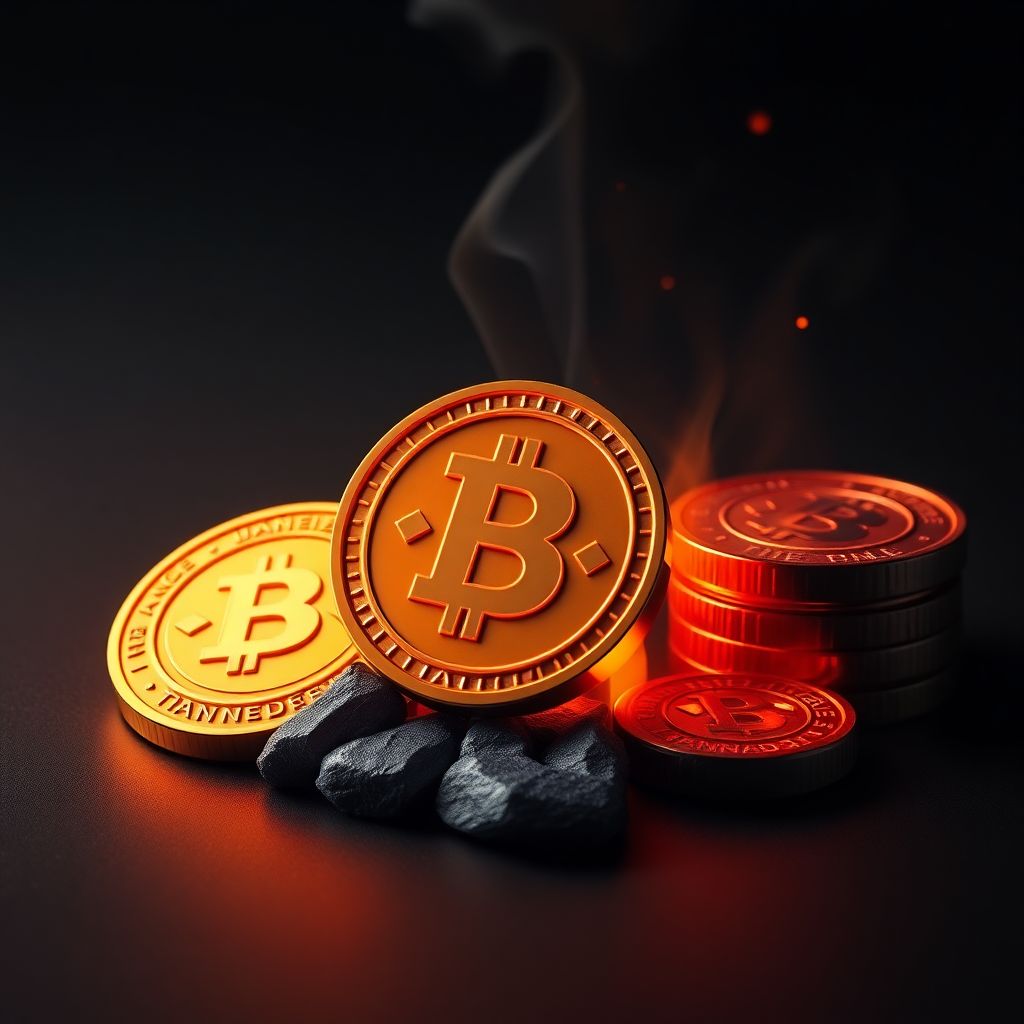Binance Eliminates 1.4 Million BNB in Latest Token Burn—Is $1.5K the Next Target?
Binance has executed its latest quarterly token burn, permanently removing 1.44 million BNB tokens from circulation—equivalent to more than $1.65 billion in value. The move is part of the crypto exchange’s long-standing deflationary mechanism aimed at reducing the total supply of BNB and potentially bolstering its long-term market value.
Since the inception of the burn program in 2017, Binance has eliminated a total of 64.26 million BNB tokens. This leaves approximately 137.7 million BNB in circulation. If the current burn rate of around 4 million BNB per year continues, the total circulating supply could dip below 100 million within the next decade—a significant milestone that could intensify the token’s scarcity and demand dynamics.
The deflationary strategy is closely tied to BNB Chain’s growing ecosystem. With new integrations and partnerships—such as onboarding national-level initiatives like Kyrgyzstan’s blockchain adoption—the network is seeing a steady rise in transaction activity. Increased on-chain usage generates more transaction fees, which in turn fuel the token-burning process. This cyclical mechanism reinforces the deflationary pressure on BNB’s supply.
Binance co-founder Changpeng Zhao (CZ) has consistently emphasized the role of community engagement and real-world utility in BNB’s growth trajectory. Corporate demand, particularly from treasury departments converting assets into BNB, has also contributed to upward price pressure. This mirrors strategies seen in other crypto projects like Hyperliquid (HYPE), which combines strong utility with aggressive supply reduction through buybacks and burns.
Following a recent price rejection near the $1,400 level, BNB has comfortably held above the psychologically important $1,000 mark. Should bullish momentum continue, breaking past that previous high could open the path toward $1,500—a key resistance zone on the current technical chart.
Technical indicators support this optimistic outlook. The Relative Strength Index (RSI) remains above the midline, suggesting continued buying interest despite recent price consolidation. Additionally, the On-Balance Volume (OBV) has not breached its long-term support trendline, indicating that overall volume dynamics favor accumulation rather than distribution.
On-chain data further reinforces the bullish sentiment. Analytics show that exchange flows have been largely negative in October, meaning more BNB tokens are moving from centralized exchanges into private wallets. This shift toward self-custody often signals investor confidence and a long-term holding mindset. As of the latest data, daily exchange outflows averaged 179,000 BNB, highlighting a consistent trend of asset withdrawal from trading platforms.
The interplay of shrinking supply, rising network activity, and strong technical indicators suggests that BNB could be well-positioned for future gains. However, traders must remain cautious. While the long-term outlook appears constructive, short-term volatility driven by macroeconomic shifts or regulatory changes could still impact price momentum.
What Makes BNB’s Burn Mechanism Unique?
BNB’s auto-burn system is algorithmically driven, meaning the number of tokens removed each quarter is calculated based on BNB’s price and the number of blocks generated. This transparency contrasts with discretionary token burns seen in other projects and helps investors anticipate supply changes.
Will Network Expansion Sustain the Burn Rate?
As BNB Chain continues to attract developers and users, transaction volumes are likely to grow. This activity directly contributes to the burn rate via gas fees, making the deflationary model self-sustaining—provided network traction remains strong. New DeFi protocols, NFT platforms, and enterprise integrations could further amplify this cycle.
How Does BNB Compare to Ethereum’s Deflationary Model?
While Ethereum introduced a burn mechanism through EIP-1559, its effect is partially offset by ongoing issuance to validators. In contrast, BNB’s supply is strictly decreasing. This gives BNB a more aggressive deflationary stance, which could play favorably in investor comparisons between Layer-1 tokens.
What Role Does Treasury Demand Play in Price Support?
Large-scale holders, such as corporate treasuries and institutional investors, are increasingly exploring crypto for diversification. With its deflationary nature and growing use cases, BNB has emerged as a candidate for long-term holding. This institutional demand can serve as a price floor during market downturns.
Can BNB Reach $1,500 in the Near Term?
While the fundamentals are strong, achieving $1,500 will depend on breaking through current resistance zones and maintaining positive sentiment across the broader crypto market. Bullish catalysts like Bitcoin momentum, regulatory clarity, or major partnerships could accelerate the climb.
Is Now a Good Time to Accumulate BNB?
For long-term investors, the current deflationary trend, coupled with robust technical and on-chain signals, suggests a favorable accumulation window. However, timing trades in crypto markets remains inherently risky, and due diligence is essential before making any investment decision.
Conclusion
BNB’s recent burn of over 1.4 million tokens underscores Binance’s commitment to supply reduction and value creation. With network growth, strong fundamentals, and bullish technical patterns aligning, the possibility of BNB eventually surpassing $1,500 is real—but not guaranteed. Investors and traders alike should weigh both the long-term deflationary benefits and the short-term market risks when considering their next move.

